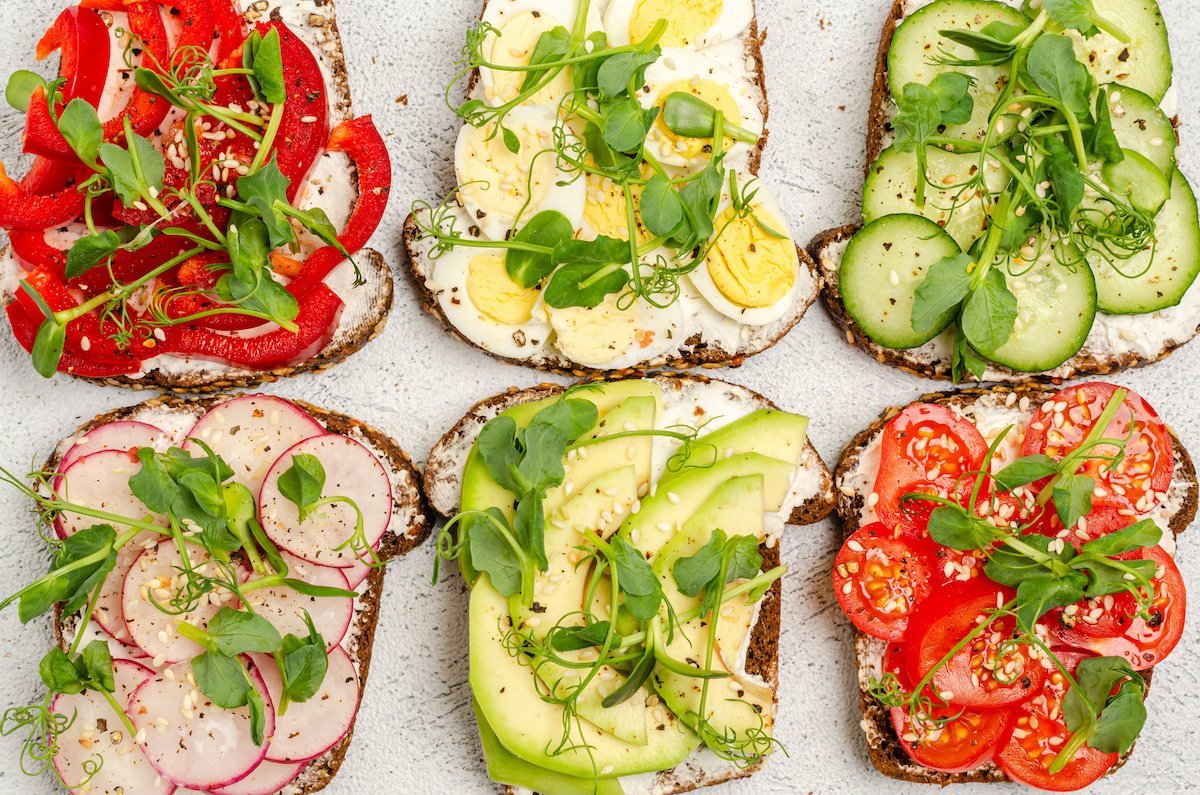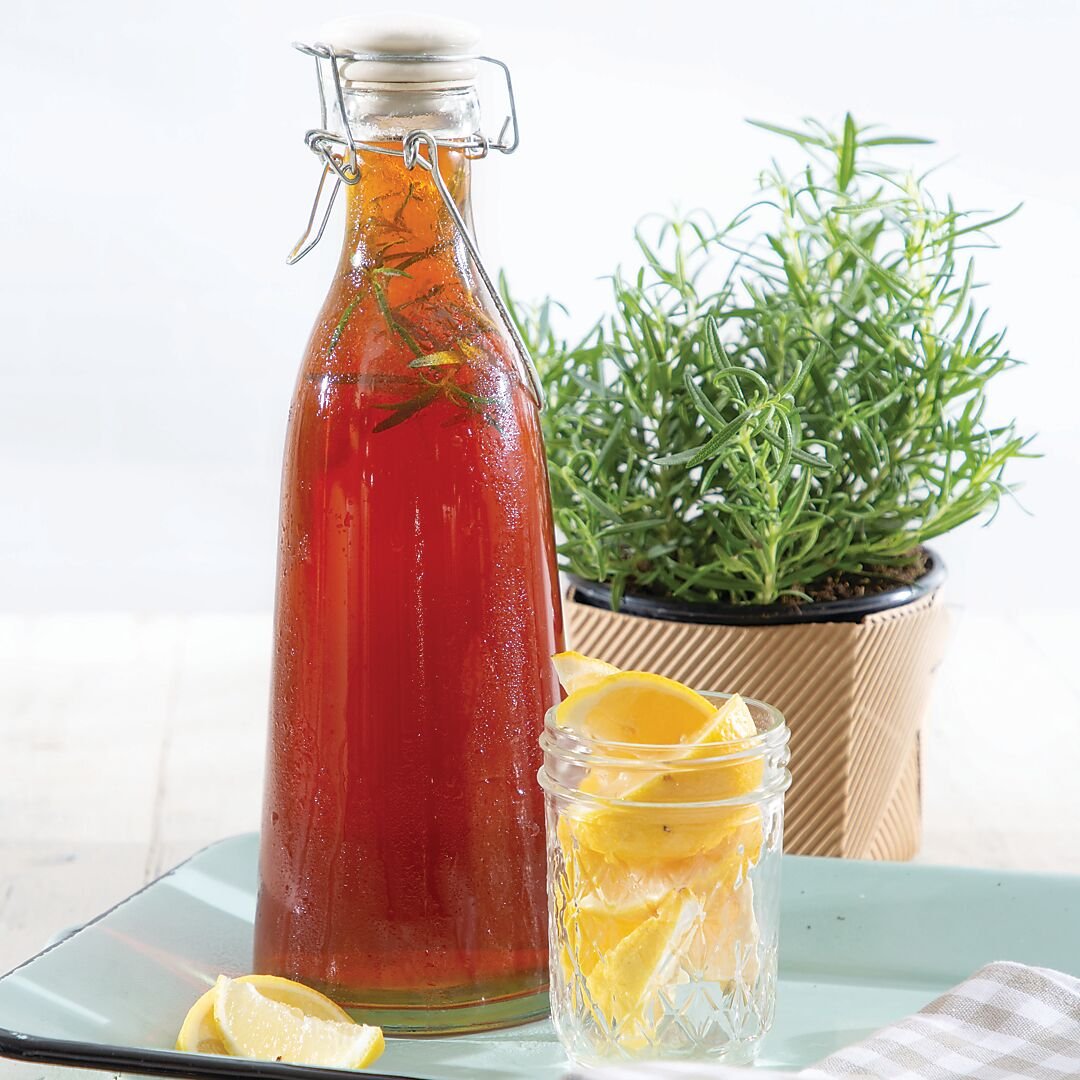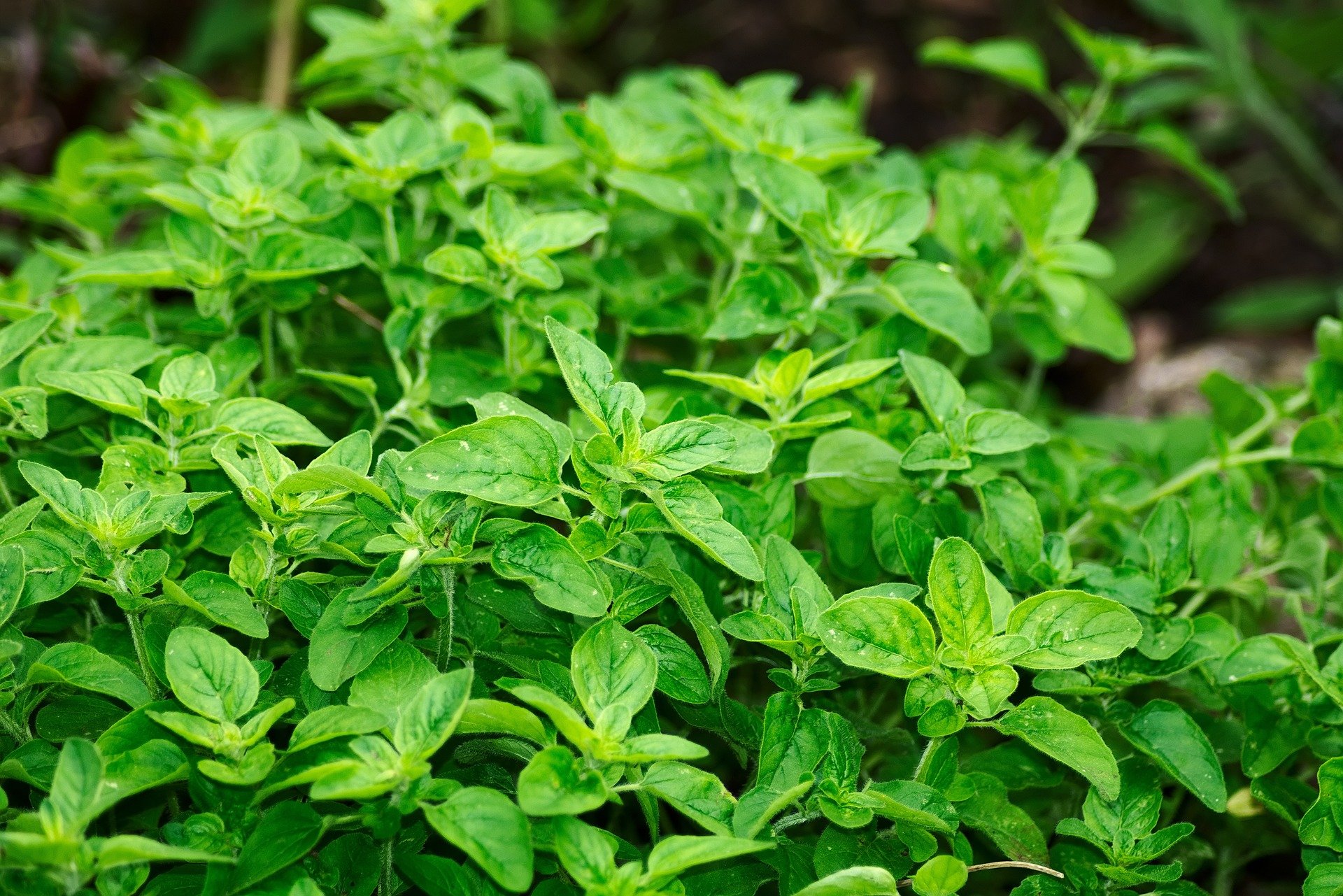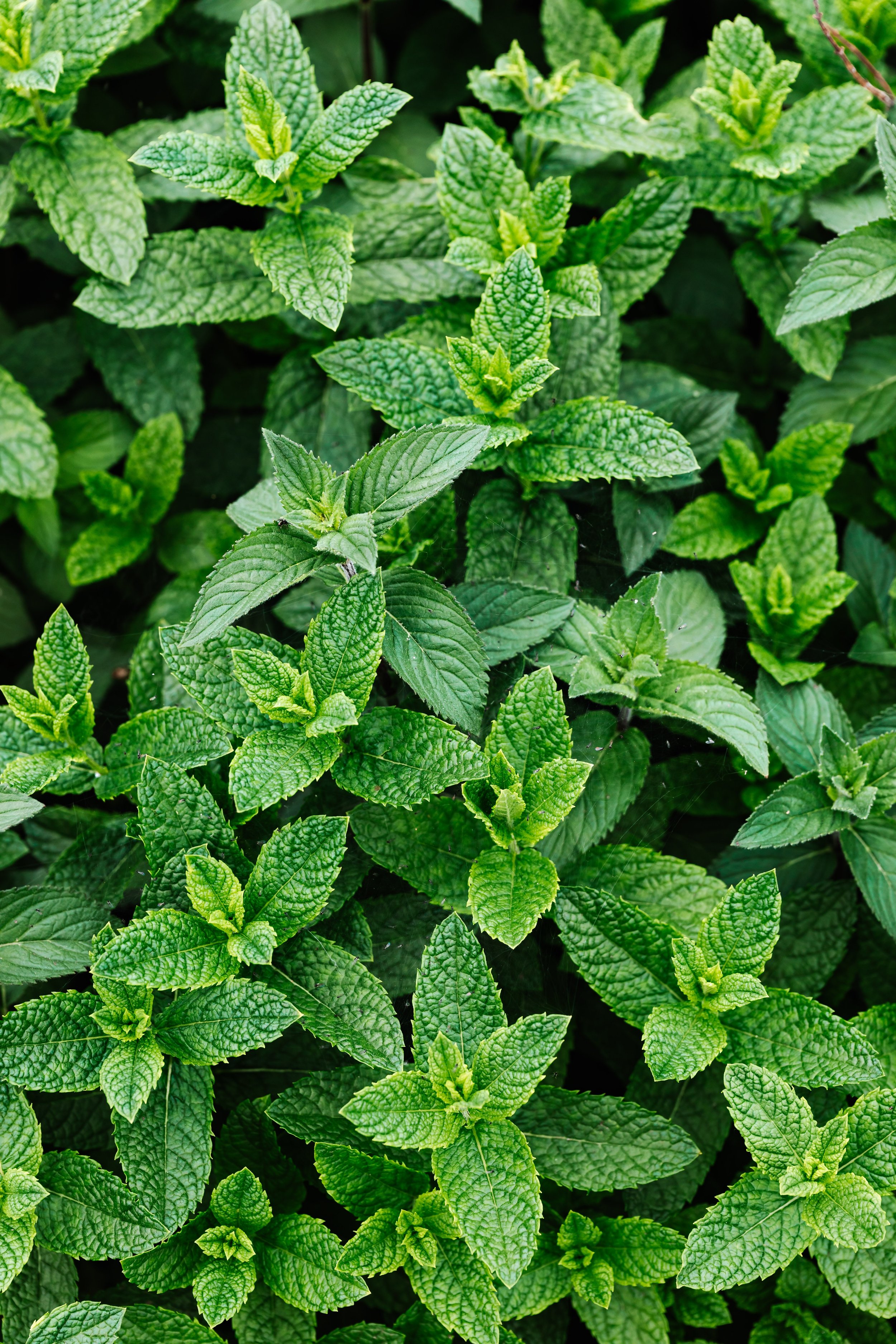 Image 1 of 2
Image 1 of 2

 Image 2 of 2
Image 2 of 2



Micro Greens 🌿 Loose Leaf • Dried • 100% Organic
What Are Microgreens?
Microgreens are young vegetable greens that are approximately 1–3 inches (2.5–7.5 cm) tall.
They have an aromatic flavor and concentrated nutrient content and come in a variety of colors and textures (1).
Microgreens are considered baby plants, falling somewhere between a sprout and baby green.
That said, they shouldn’t be confused with sprouts, which do not have leaves. Sprouts also have a much shorter growing cycle of 2–7 days, whereas microgreens are usually harvested 7–21 days after germination, once the plant’s first true leaves have emerged.
Microgreens are more similar to baby greens in that only their stems and leaves are considered edible. However, unlike baby greens, they are much smaller in size and can be sold before being harvested.
This means that the plants can be bought whole and cut at home, keeping them alive until they are consumed.
Different Types of Microgreens
The most popular varieties are produced using seeds from the following plant families
Brassicaceae family: Cauliflower, broccoli, cabbage, watercress, radish and arugula
Asteraceae family: Lettuce, endive, chicory and radicchio
Apiaceae family: Dill, carrot, fennel and celery
Amaranthaceae family: Amaranth, quinoa swiss chard, beet and spinach
Cucurbitaceae family: Melon, cucumber and squash
Health Benefits of Microgreens
Heart disease: Microgreens are a rich source of polyphenols, a class of antioxidants linked to a lower risk of heart disease. Animal studies show that microgreens may lower triglyceride and “bad” LDL cholesterol levels
Alzheimer’s disease: Antioxidant-rich foods, including those containing high amounts of polyphenols,may be linked to a lower risk of Alzheimer’s disease
Diabetes: Antioxidants may help reduce the type of stress that can prevent sugar from properly entering cells. In lab studies, fenugreek microgreens appeared to enhance cellular sugar uptake by 25–44%
Certain cancers: Antioxidant-rich fruits and vegetables, especially those rich in polyphenols, may lower the risk of various types of cancer. Polyphenol-rich microgreens may be expected to have similar effects
How to Include Microgreens in Your Diet
There are many ways to include microgreens in your diet.
They can be incorporated into a variety of dishes, including sandwiches, wraps and salads.
Microgreens may also be blended into smoothies or juiced. Wheatgrass juice is a popular example of a juiced microgreen.
Another option is to use them as garnishes on pizzas, soups, omelets, curries and other warm dishes.
*Each Resealable
Package Contains:
▪︎Individual, Loose Leaf Dried Herb (Fresh Available upon request)
▪︎Packaged Herb Volume Weight:
8 oz.
*Custom Herb Mixes Are Available
Upon Request (no extra charge)
*Other Herbs🌿Available: (same pricing applies)
-Lemon Balm
-Oregano
-Thyme
-Sage
-Fennel
-Rosemary
-Catnip
-Sweet Mint
-Spearmint
-Peppermint
-Dill
-Basil
*Local Pick up Available
*Local (No Contact) Delivery
Available
*FAST & FREE SHIPPING!!
HOLDRY 🌿 HERBS
The Holdry Farms
Pinehurst, Texas
Houston, Texas
What Are Microgreens?
Microgreens are young vegetable greens that are approximately 1–3 inches (2.5–7.5 cm) tall.
They have an aromatic flavor and concentrated nutrient content and come in a variety of colors and textures (1).
Microgreens are considered baby plants, falling somewhere between a sprout and baby green.
That said, they shouldn’t be confused with sprouts, which do not have leaves. Sprouts also have a much shorter growing cycle of 2–7 days, whereas microgreens are usually harvested 7–21 days after germination, once the plant’s first true leaves have emerged.
Microgreens are more similar to baby greens in that only their stems and leaves are considered edible. However, unlike baby greens, they are much smaller in size and can be sold before being harvested.
This means that the plants can be bought whole and cut at home, keeping them alive until they are consumed.
Different Types of Microgreens
The most popular varieties are produced using seeds from the following plant families
Brassicaceae family: Cauliflower, broccoli, cabbage, watercress, radish and arugula
Asteraceae family: Lettuce, endive, chicory and radicchio
Apiaceae family: Dill, carrot, fennel and celery
Amaranthaceae family: Amaranth, quinoa swiss chard, beet and spinach
Cucurbitaceae family: Melon, cucumber and squash
Health Benefits of Microgreens
Heart disease: Microgreens are a rich source of polyphenols, a class of antioxidants linked to a lower risk of heart disease. Animal studies show that microgreens may lower triglyceride and “bad” LDL cholesterol levels
Alzheimer’s disease: Antioxidant-rich foods, including those containing high amounts of polyphenols,may be linked to a lower risk of Alzheimer’s disease
Diabetes: Antioxidants may help reduce the type of stress that can prevent sugar from properly entering cells. In lab studies, fenugreek microgreens appeared to enhance cellular sugar uptake by 25–44%
Certain cancers: Antioxidant-rich fruits and vegetables, especially those rich in polyphenols, may lower the risk of various types of cancer. Polyphenol-rich microgreens may be expected to have similar effects
How to Include Microgreens in Your Diet
There are many ways to include microgreens in your diet.
They can be incorporated into a variety of dishes, including sandwiches, wraps and salads.
Microgreens may also be blended into smoothies or juiced. Wheatgrass juice is a popular example of a juiced microgreen.
Another option is to use them as garnishes on pizzas, soups, omelets, curries and other warm dishes.
*Each Resealable
Package Contains:
▪︎Individual, Loose Leaf Dried Herb (Fresh Available upon request)
▪︎Packaged Herb Volume Weight:
8 oz.
*Custom Herb Mixes Are Available
Upon Request (no extra charge)
*Other Herbs🌿Available: (same pricing applies)
-Lemon Balm
-Oregano
-Thyme
-Sage
-Fennel
-Rosemary
-Catnip
-Sweet Mint
-Spearmint
-Peppermint
-Dill
-Basil
*Local Pick up Available
*Local (No Contact) Delivery
Available
*FAST & FREE SHIPPING!!
HOLDRY 🌿 HERBS
The Holdry Farms
Pinehurst, Texas
Houston, Texas











